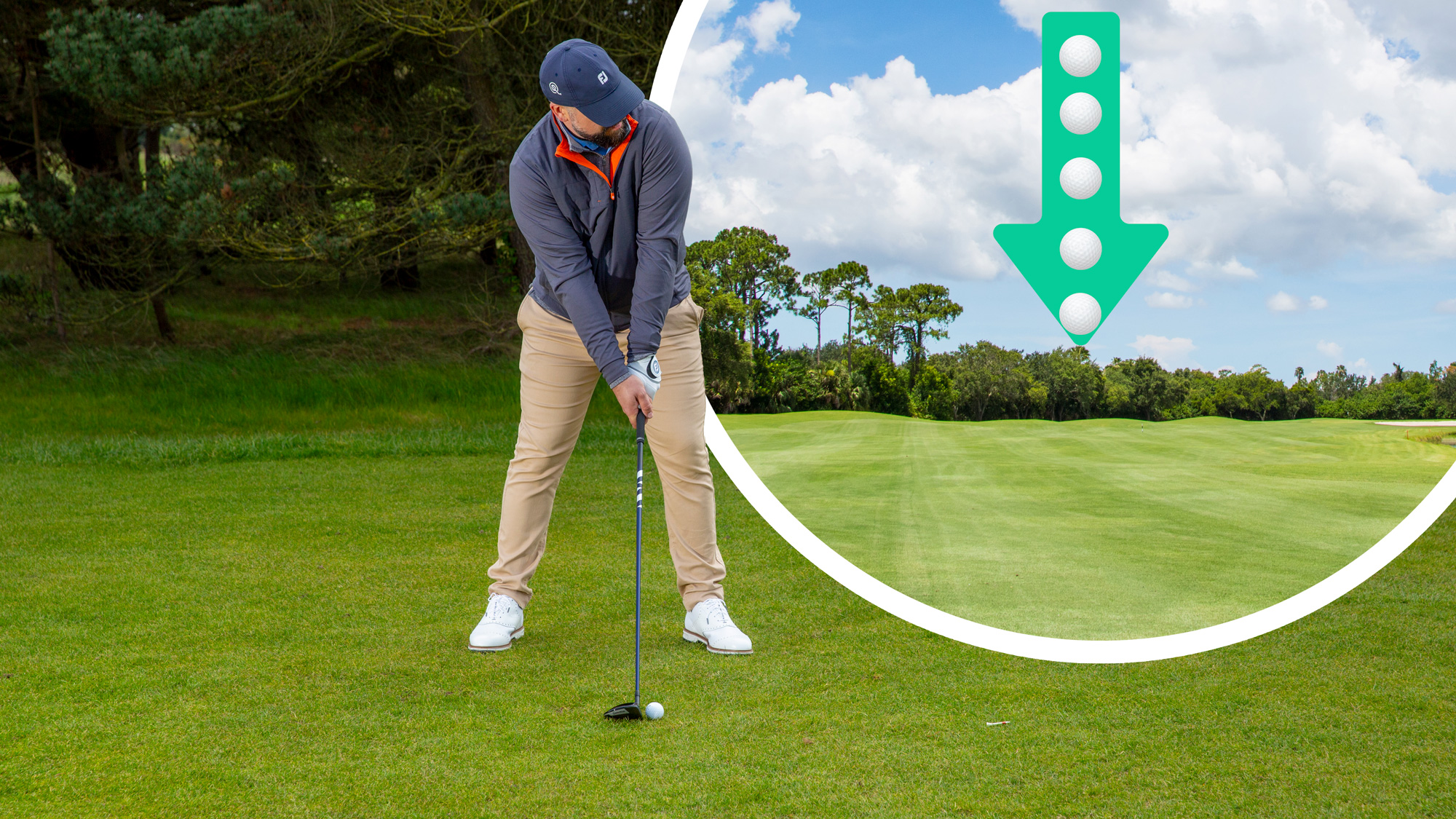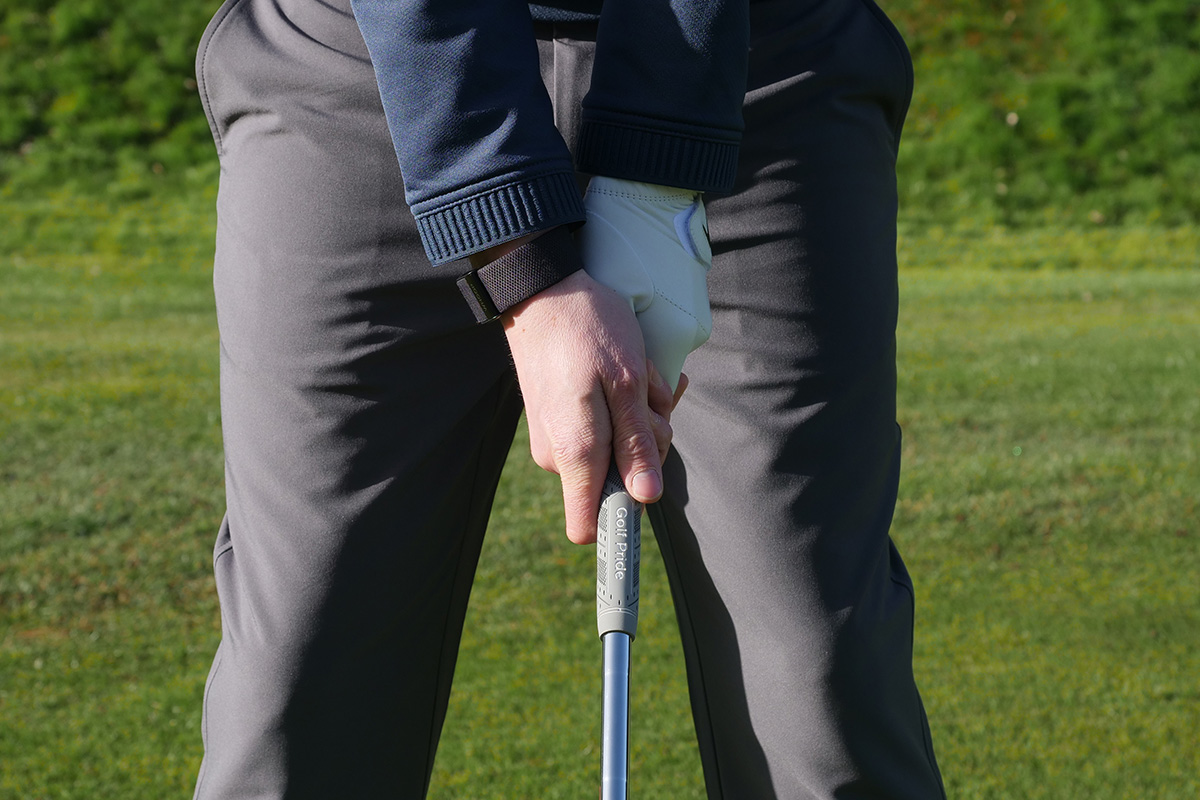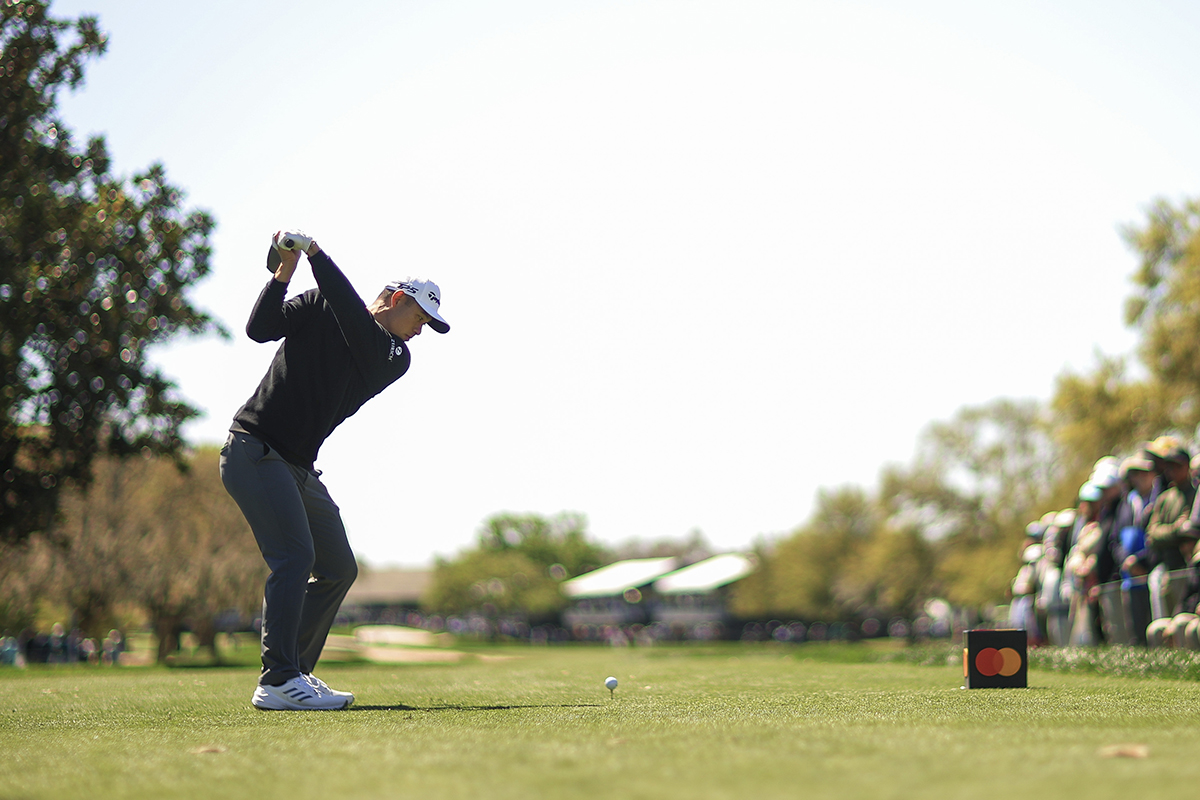
As amateur golfers, we love to compare ourselves against other players. Whether it's in relation to how far the average club golfer hits their 7-iron or how far amateurs hit their driver, we all want to check our performance against our peers in a bid to gain valuable bragging rights and understand where we need to improve our game.
The balance between improving accuracy and increasing distance on the golf course is a difficult one to manage, especially as the data suggests the ability to hit a long ball is a huge factor in reducing your handicap.
The importance of improving accuracy in your golf swing is not to be overlooked however, as keeping the ball in-play and setting up scoring opportunities from the fairway is also a very effective way to shoot lower scores and limit the amount of golf balls amateurs lose per round.
In this article, Golf Monthly Top 50 Coach Peter Finch shares a few common faults and fixes, including his best tips for how to improve accuracy in your golf shots...
Are You More Accurate Than The Average Amateur Golfer?
How many fairways does an amateur golfer hit per round on average?
According to the latest Shot Scope data, there is very little disparity in the amount of fairways hit in the average round when comparing scratch golfers to players who possess a handicap index of 25 or less. There is actually just a 5% gap between a scratch golfer (50%) and a 20-handicapper (45%), with a 25-handicapper hitting marginally more (47%) on average.
The average amateur golfer hits around 48% of fairways, meaning in a round of 18-holes on a course where there are 14 par-4 or par-5 holes, the average club amateur is finding the short grass around seven times per round.
When you compare that performance to a PGA Tour professional, the gulf becomes more considerable. The PGA Tour average is currently 58%, but the most accurate on tour average around 75% of fairways hit. For reference, two-time Major Champion Collin Morikawa hits around 71% of fairways - making him one of the most accurate ball strikers on the planet.
Peter Finch: Tips To Improve Your Accuracy On The Golf Course
1. Swing path and target line
Shot shape comes down to two key factors – what your swing path is doing in relation to your target line and what your clubface is doing in relation to your swing path.
Assuming that your swing path isn’t excessively in-to-out or out-to-in, to achieve a pretty straight shot, your clubface must be neither too open nor closed at impact.
It’s worth remembering that because you’re always standing to the side of your target line, your club is only moving straight to target at the low point of your swing, which is why hitting the ball dead straight is so hard!
2. Check your grip

If accuracy is a problem, check you have the perfect golf grip as it is the main factor in what your clubface does at impact. Generally, strong grips, in which the left hand sits too much on top of the club and the right hand too much underneath, will close the clubface to target and can result in a hook. Weak grips, in which the left hand sits too much under the grip and the right hand too much on top, generally open the clubface leading to a slice.
3. Shoulder position at address
Shoulder position at address is another root cause of stray shots. If both shoulders are roughly the same height at address – so your left shoulder isn’t higher than your right – this will naturally open them to the target because of the way your arms hang and your hands sit on the club.
This encourages a swing path too much off to the left and a sliced shot. If your right shoulder is too low, you’ll close your shoulders and encourage a swing path too much from inside to out, which can cause you to start hooking the golf ball. Make sure your right shoulder sits lower than your left at address, but not excessively so.
4. Draws and fades

Accuracy doesn’t necessarily mean a straight shot – it’s all about finding the target and your understanding of how to shape golf shots. Your natural shape may be one way or the other, or there may be times when a left-to-right or right-to-left shape is needed.
To hit a controlled draw, your path must move from in to out in relation to the target line, with the clubface closed to that path, yet still open to your target line. For a fade, your path must move across your target line to the left, with the clubface open to that path yet still closed to the target.







